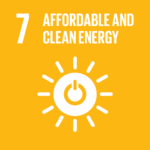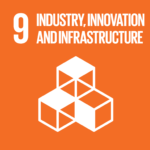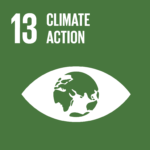Water and Energy Integration: Solutions for Operational Sustainability
The growing demand for sustainable solutions in public services requires initiatives that promote efficiency in both water and energy use. An example comes from the Municipal Water and Sewage Service (Samae) of Ibiporã, which had its project approved by Copel’s Energy Efficiency Program (PEE), regulated by Aneel. The proposal aims to achieve annual energy savings estimated at R$ 414,000 (the final figures will be calculated at the end of the project), with investments of over R$ 3.4 million by the electricity company.
The project includes integrated actions that directly improve water supply and sewage systems. Among the main measures are:
- Replacement of motor pumps at strategic points, such as the Guarani Aquifer intake, the Sewage Pumping Station in the Pedro Esplendor neighborhood, and the distribution pump at the Water Treatment Plant. The equipment was chosen based on technical analyses that prioritized the best ratio between flow and manometric height, ensuring greater energy efficiency.
- Installation of a photovoltaic plant in the Guarani Aquifer, responsible for 40% of the water distributed in the municipality. Solar energy generation will contribute to savings of 395.62 MWh/year, reducing dependence on the conventional electricity grid.
These actions demonstrate how it is possible to align environmental sustainability objectives with the rationalization of financial and operational resources.
Projects like this reinforce the need to think systemically, recognizing that water and energy are interdependent resources. The adoption of efficient technologies, combined with the use of renewable sources, represents a promising path for the modernization of sanitation services, with positive impacts for the population and the environment.









